Road Marking Lines: Their Meaning and Why Are They Important
Road rules are like those billboards on the National Highways, everybody reads them but not all remember them. Indian drivers more often than not display a childish attitude towards road safety. The Government can be blamed for potholes on the Indian Roads but it deserves little blame for the rising death tolls on Indian Roads. We need to first educate ourselves with the prevalent road safety rules and follow them with honesty.
Over the years, while traveling, you must have noticed different markings that run along the middle diving the road into halves. These markings run parallel with you uninterrupted for a while. While some are broken strips of white lines, yet there are some yellow in color and then there are the pure white ones. In this blog, we try to explain WHAT THESE FIXED TRAVEL COMPANIONS OF YOURS MEAN? And why they are important for the safety of you and your loved ones?
The Common Broken White Lines
The most easily seen road marking in India is the broken white line. True to its color, the broken white line means that you are free to change lanes, overtake vehicles or in case you have by mistake made a wrong turn you can simply make a U-turn.
Read also: 63 Traffic Safety Signs and Their Proper Meanings in India
Solid White Lines
A continuous white line indicates the following things:
- No Overtakes.
- Strictly No U-Turns allowed.
You may, however, cross the line to escape obstructions or even exit the road to enter a perpendicular road.
Double Yellow Lines
Double yellow Lines are mostly seen on 2-lane roads. Unless and until you have to cross a major obstruction, these double yellow lines can never be crossed. The primary use of this line is to ensure no crossovers into the lane when traffic is moving in the opposite direction.
Single Yellow Line Adjacent to a Broken Yellow Line
A hybrid of the first two markings, there are two roles two keep in mind when you are driving parallel to these lines. These are:
Driving on the side with the broken line: You can overtake if you happen to be on this side.
Driving on the side of the solid line: No overtakes are allowed if you are driving on the side of the solids.
The above rules are just a few of the paramount rules to adhere to when driving. So next time you are on the road in your favorite car, just let your subconscious take the back seat for a while. Consciously follow the rules until it becomes a habit.
Stop Line:
This is one of the most common lines encountered across different commutable streets/roads in a city. The single solid transverse line is found before the intersecting edge of the road junction/ intersection. It reminds drivers, the point where they are supposed to stop when directed by the traffic officer, traffic light or stop sign. In case there is a pedestrian crossing, the stop line is marked before the pedestrian crossing.
Border or Edge Lines:
These continuous lines at the edge of the road mark the territory of the main carriageway up to which a driver can supposedly venture freely with no protocols.
Parking Prohibited Lines:
These solid lines occupy the curb of the road coupled with a “No-parking” sign. It warns drivers against trespassing the area of the carriageway that lies beyond the sign.
Pedestrian Crossings/Zebra Crossing
Similar to the Zebra strips, These are the favorite lines of children and elderly alike. These alternate black and white stripes painted parallel to the road generally. Pedestrians can cross only at the point where these lines are provided and when the signal is in their favor at controlled crossings.
Drivers must stop and wait for the passers-by at these crossings. In a way, it stands as a symbol that the road belongs to all and is not confined to vehicle owners alone. Pedestrians who are taxpayers have the equal right to it.
The above rules are just a few of the paramount rules to adhere to when driving. So next time you are on the road in your favorite car, just let your subconscious take the back seat for a while. Consciously follow the rules until it becomes a habit.
Road Marking Lines: Their Meaning and Why Are They Important
http://www.blog.sagmart.com/wp-content/uploads/2018/03/road-lines-300x300.jpg Bikes Reviews and TipsRoad rules are like those billboards on the National Highways, everybody reads them but not all remember them. Indian drivers more often than not display a childish attitude towards road safety. The Government can be blamed for potholes on the Indian Roads but it deserves little blame for the rising death tolls on Indian Roads. We need to first educate ourselves with the prevalent road safety rules and follow them with honesty.
Over the years, while traveling, you must have noticed different markings that run along the middle diving the road into halves. These markings run parallel with you uninterrupted for a while. While some are broken strips of white lines, yet there are some yellow in color and then there are the pure white ones. In this blog, we try to explain WHAT THESE FIXED TRAVEL COMPANIONS OF YOURS MEAN? And why they are important for the safety of you and your loved ones?
The Common Broken White Lines
The most easily seen road marking in India is the broken white line. True to its color, the broken white line means that you are free to change lanes, overtake vehicles or in case you have by mistake made a wrong turn you can simply make a U-turn.
Read also: 63 Traffic Safety Signs and Their Proper Meanings in India
Solid White Lines
A continuous white line indicates the following things:
- No Overtakes.
- Strictly No U-Turns allowed.
You may, however, cross the line to escape obstructions or even exit the road to enter a perpendicular road.
Double Yellow Lines
Double yellow Lines are mostly seen on 2-lane roads. Unless and until you have to cross a major obstruction, these double yellow lines can never be crossed. The primary use of this line is to ensure no crossovers into the lane when traffic is moving in the opposite direction.
Single Yellow Line Adjacent to a Broken Yellow Line
A hybrid of the first two markings, there are two roles two keep in mind when you are driving parallel to these lines. These are:
Driving on the side with the broken line: You can overtake if you happen to be on this side.
Driving on the side of the solid line: No overtakes are allowed if you are driving on the side of the solids.
The above rules are just a few of the paramount rules to adhere to when driving. So next time you are on the road in your favorite car, just let your subconscious take the back seat for a while. Consciously follow the rules until it becomes a habit.
Stop Line:
This is one of the most common lines encountered across different commutable streets/roads in a city. The single solid transverse line is found before the intersecting edge of the road junction/ intersection. It reminds drivers, the point where they are supposed to stop when directed by the traffic officer, traffic light or stop sign. In case there is a pedestrian crossing, the stop line is marked before the pedestrian crossing.
Border or Edge Lines:
These continuous lines at the edge of the road mark the territory of the main carriageway up to which a driver can supposedly venture freely with no protocols.
Parking Prohibited Lines:
These solid lines occupy the curb of the road coupled with a “No-parking” sign. It warns drivers against trespassing the area of the carriageway that lies beyond the sign.
Pedestrian Crossings/Zebra Crossing
Similar to the Zebra strips, These are the favorite lines of children and elderly alike. These alternate black and white stripes painted parallel to the road generally. Pedestrians can cross only at the point where these lines are provided and when the signal is in their favor at controlled crossings.
Drivers must stop and wait for the passers-by at these crossings. In a way, it stands as a symbol that the road belongs to all and is not confined to vehicle owners alone. Pedestrians who are taxpayers have the equal right to it.
The above rules are just a few of the paramount rules to adhere to when driving. So next time you are on the road in your favorite car, just let your subconscious take the back seat for a while. Consciously follow the rules until it becomes a habit.


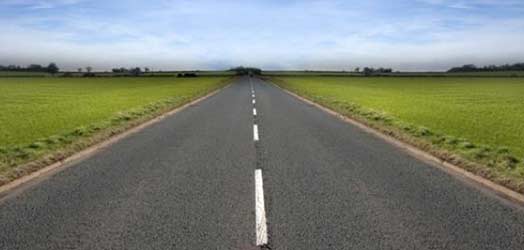
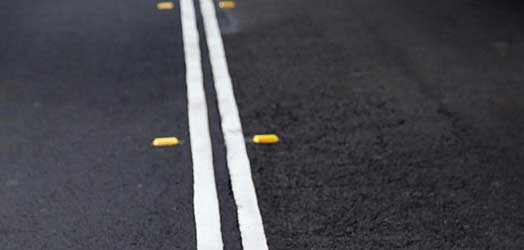
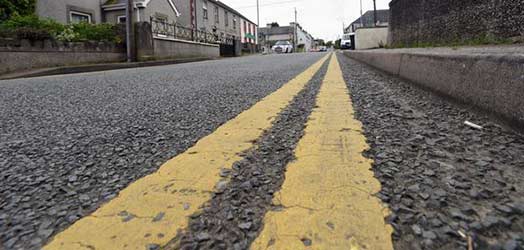

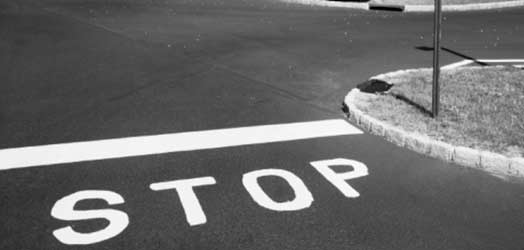
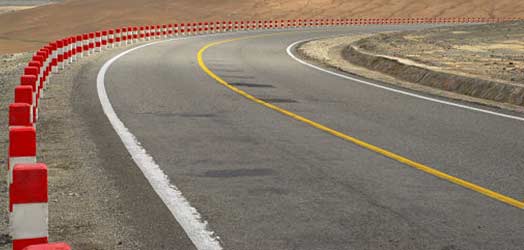

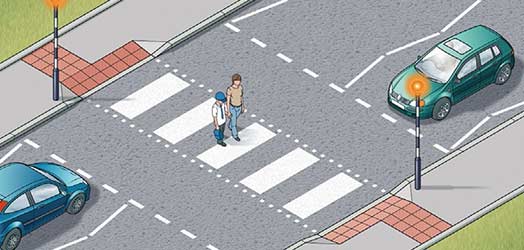
Leave a Reply